AB[500]DAO was founded by Benji and maxand98 to collect, curate and build around Artblocks 500. Membership of the DAO is by invitation.
No external dependencies
Unquestionable provenance
Live rendered
How many understand what these terms mean?
Why is the AB[500] collection culturally significant?
The Art Blocks 500 (AB[500]) collection comprises the complete set of the first 500 projects published by Art Blocks between 2020 and 2025. This collection is vast, encompassing works across the Curated, Playground, Factory, Presents, Collaborations, and Explorations categories. By formalizing AB[500] as a finite and complete set, the platform intends to preserve this period as a foundational era of generative art, celebrating the artists who innovated while adhering to the technological constraints of on-chain creation. 1
But where does AB[500] sit within a broader cultural context?
We view AB[500] as the networked state2 ‘New York/New Wave’ representing a culturally defining aesthetic innovation. To back up this claim we need to revisit some of the defining exhibitions in modern history.
Art exhibitions have historically defined new movements, serving as forums for cultural confrontation and the legitimization of emerging aesthetics.3
Salon des Refusés (1863)
The Salon des Refusés was organized in Paris by Napoleon III after numerous avant-garde artists had their work rejected from the conventional Paris Salon.4 This exhibition was monumental in challenging institutional tradition. It featured controversial pieces like Edouard Manet’s Luncheon on the Grass5, which shocked the public with its unidealized portrayal of modern nude figures. The existence of the Salon des Refusés demonstrated the power of newly emerging artistic voices to challenge established institutional authority and successfully paved the way for Impressionism.
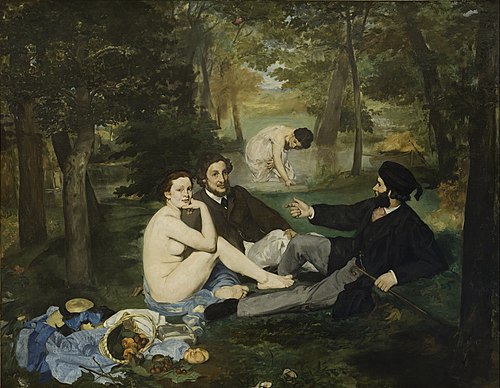
The Armory Show (1913)
Officially known as the International Exhibition of Modern Art, the 1913 Armory Show was the first major exhibition of modern art in the United States. The show originated in New York City’s 69th Regiment Armory and later travelled to Chicago and Boston. It aimed to give the American public an opportunity to judge for themselves the work of Europeans creating a new art. It introduced American audiences, who were accustomed to realistic art, to the highly experimental styles of the European avant-garde, including Cubism and Fauvism. The exhibition displayed approximately 1,300 pieces by over 300 artists. Marcel Duchamp’s Nude Descending a Staircase, No. 2, which expressed motion through superimposed images, was particularly radical and polarizing. Former President Theodore Roosevelt commented on the modern works, famously declaring, “That’s not art!”. The Armory Show served as a critical catalyst for American artists, prompting them to create their “own artistic language”.
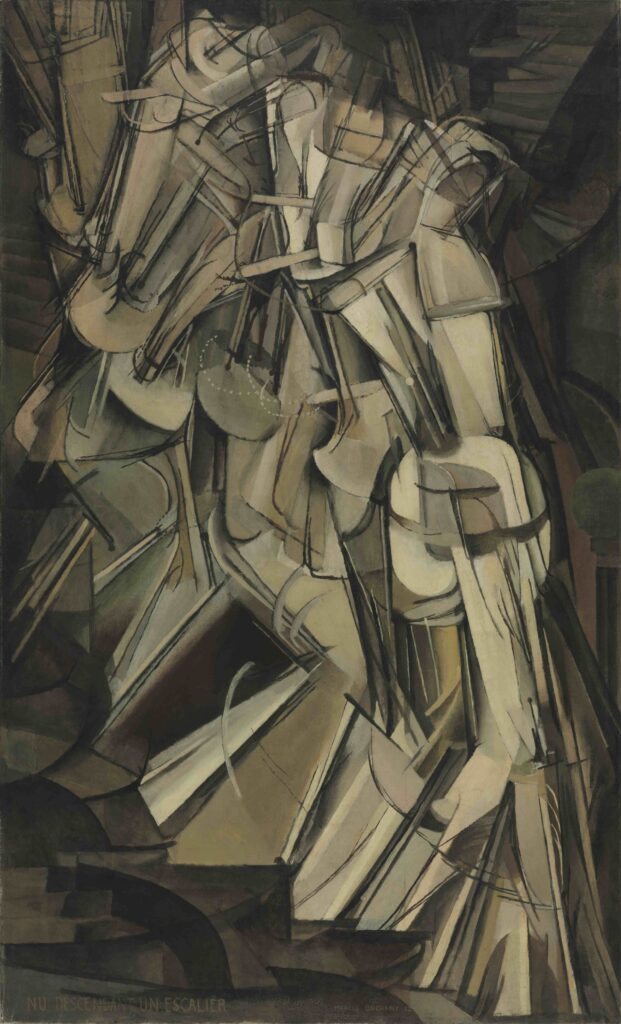
Degenerate Art exhibition (1937)
The Degenerate Art exhibition (Die Ausstellung “Entartete Kunst”) was organized by Adolf Ziegler and the Nazi Party in Munich. It was propaganda designed to contrast with the official Great German Art Exhibition. The exhibition was part of the Nazi regime’s actions to cleanse culture of so-called degeneracy. Hitler had previously declared “merciless war” on cultural disintegration and considered modernist practitioners to be “incompetents, cheats and madmen”. The exhibition presented 650 works confiscated from German museums. Works were labelled “degenerate” if they were deemed to “insult German feeling, or destroy or confuse natural form”. Artists whose works were featured and vilified included Paul Klee, Otto Dix, Wassily Kandinsky, and Pablo Picasso. In an effort to frame modernism as a conspiracy, frequently identified as Jewish-Bolshevist, labels were placed next to many paintings indicating, often exaggeratedly, how much museums paid for them. The exhibition proved immensely popular, attracting over 2 million visitors in Munich alone.
Documenta I (1955)
The inaugural Documenta exhibition, held in Kassel, West Germany, was titled Documenta: Art of the Twentieth Century. Its primary objective was twofold: to consolidate the return of modernism to Germany after its persecution by the National Socialist regime between 1933 and 1945, and to reintegrate German abstractionists into the European cultural mainstream. It explicitly attempted to rehabilitate abstract modern art and the expressionist tradition from the Nazi slur of “degeneracy”. Curator Arnold Bode designed the installation in the ruined shell of the Museum Fredericianum, using the damaged architecture to create a stunningly modern aesthetic. This atmosphere of potentiality and regeneration aimed to persuade opponents of modernism of its significance for the cultural health of Germany. The exhibition positioned contemporary abstract artists as the legitimate future of modernism and was a great public success, with 130,000 attendees.
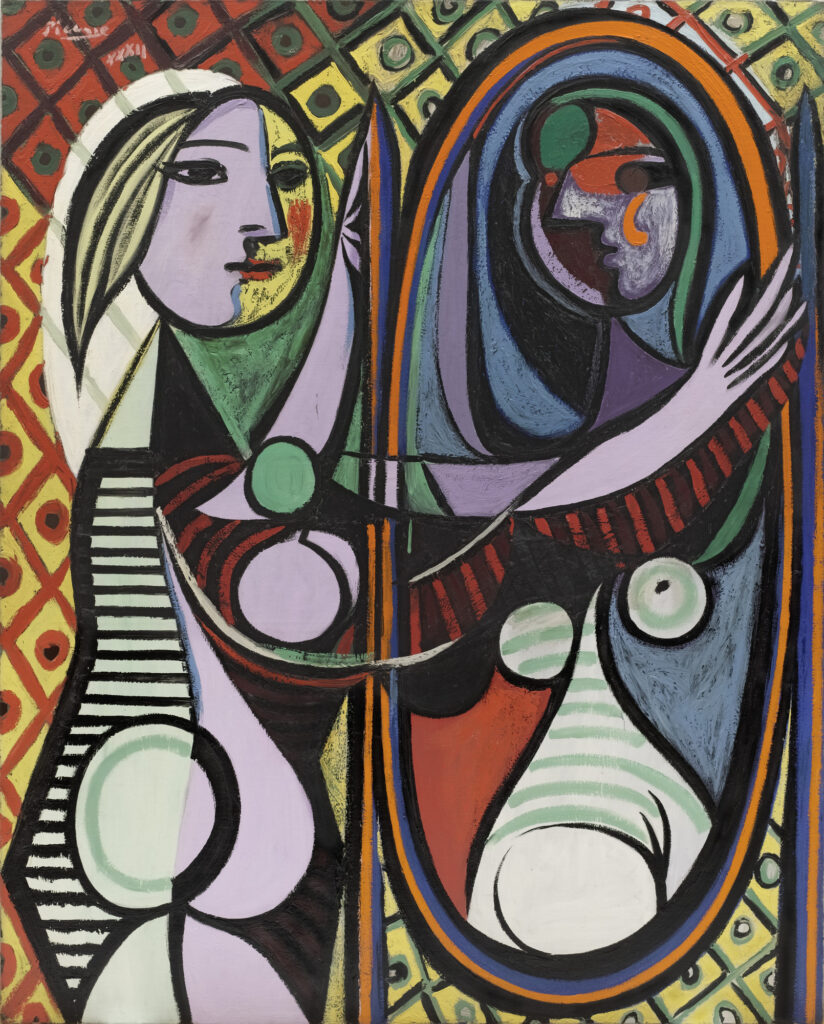
This Is Tomorrow (1956)
Held at the Whitechapel Gallery in London, This Is Tomorrow was organized spontaneously and democratically by 12 groups of British artists and architects. It served as a landmark event in the development of Pop Art. The exhibit blended art, architecture, and popular culture, introducing new visual elements from the everyday environment like cinema, the jukebox, and Marilyn Monroe. Artists, including Richard Hamilton, embraced themes of mass media, consumerism, and advertising, challenging traditional notions of art and blurring the lines between “high” and popular culture. The exhibition space was experiential, featuring visual illusions and a continuous jukebox.
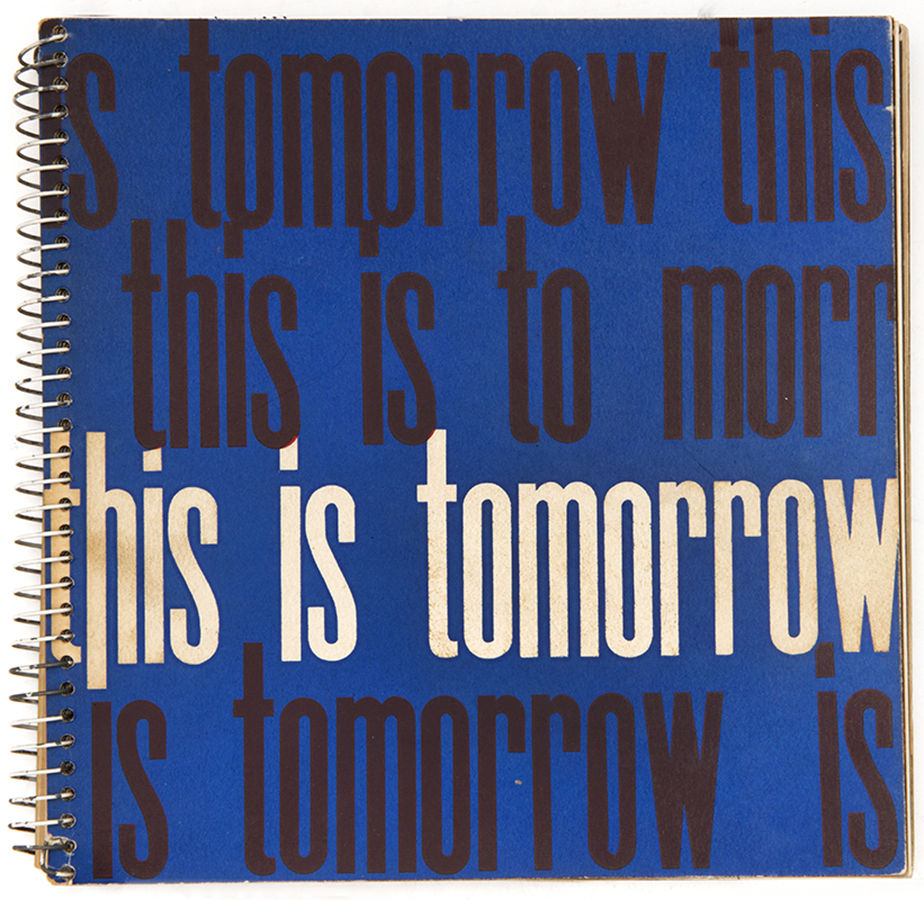
When Attitudes Become Form (1969)
This exhibition, formally titled Live in Your Head – When Attitudes Become Form. Works – Concepts – Processes – Situations – Information, was held at the Kunsthalle Bern. Curated by Harald Szeemann, it introduced a new generation of artists who shifted focus away from Pop Art’s social themes and Minimal Art’s purism. The central focus was the artistic idea and action. The exhibition celebrated art as a temporary process with an open-ended outcome, rather than a final, commodified object. This concentration on “concepts, processes, and changeability” solidified movements such as Conceptual Art and Process Art. In hindsight, this radically new art condensed the spirit of the late 1960s’ political, social, and economic upheavals, emphasizing open-ended action and individual subjectivity. It is widely considered a key event in the history of exhibition-making and modern curating.
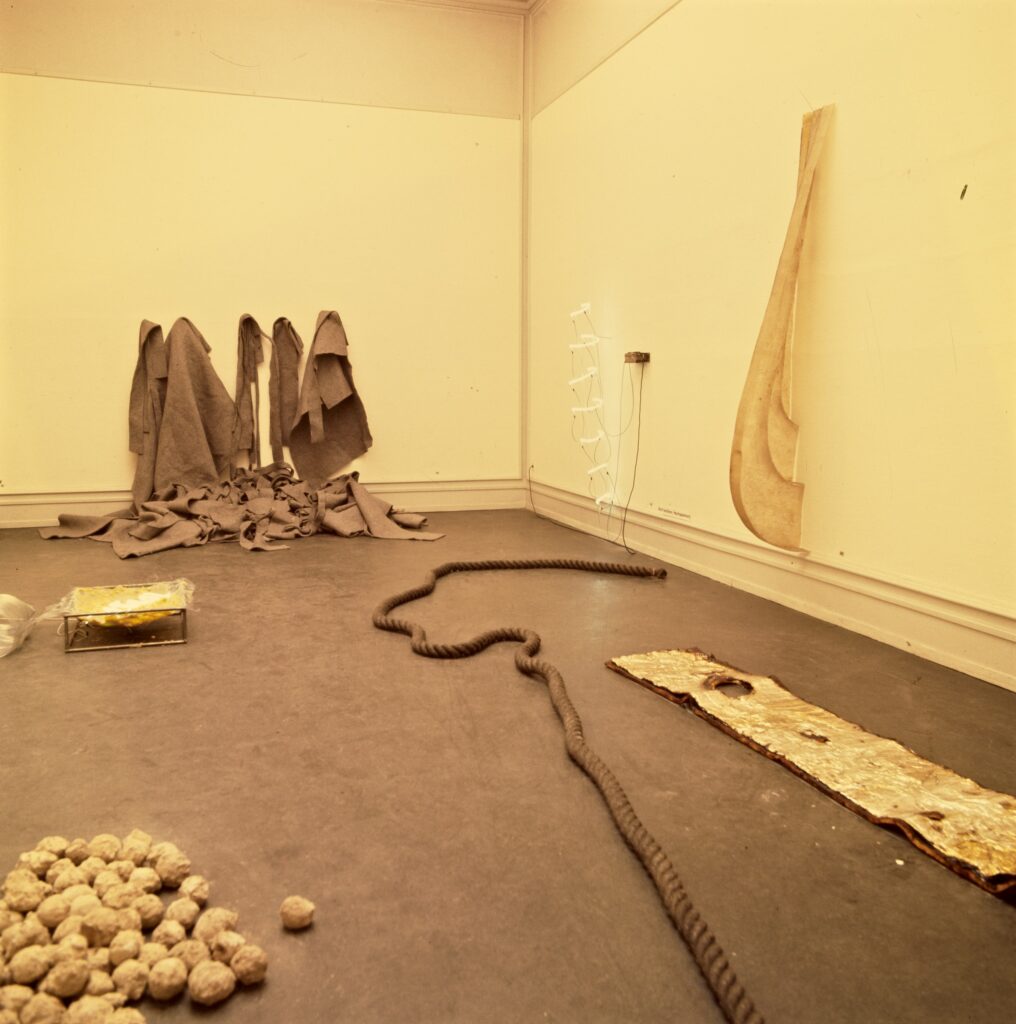
New York/New Wave (1981)
Curated by Diego Cortez at P.S.1 (now MoMA PS1), New York/New Wave ranks alongside the Armory Show of 1913 as one of the 20th century’s most consequential art exhibitions. It was designed to document the essential crossover between the downtown music and art scenes. Cortez, who was a co-founder of the Mudd Club, a crucial venue for underground music, brought together a massive, maximalist show featuring over 100 participants. Artists included punks, No Wave musicians, poets, and graffiti artists, hung deliberately from floor to ceiling. Cortez defined the show as a “sociology of a scene”. Critically, the exhibition brought the aspiring artist Jean-Michel Basquiat (who participated under the graffiti alias SAMO) to public attention and subsequent fame.
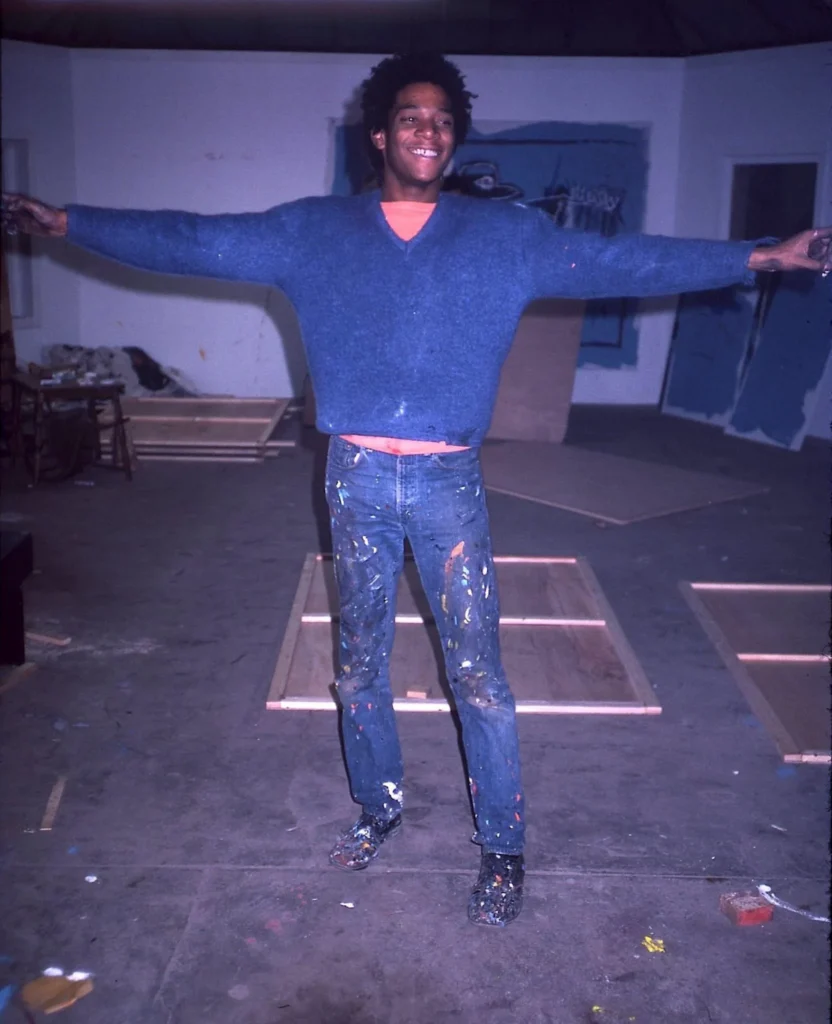
Magiciens de la terre (1989)
Staged in Paris by curator Jean-Hubert Martin, Magiciens de la terre (Magicians of the Earth) was presented across two venues. Martin sought to make this the “first truly international exhibition,” featuring an equal number of artists chosen from Euro-American and non-Western countries. The exhibition challenged the “cultural arrogance” of the Western world by deliberately juxtaposing established figures (like Louise Bourgeois) with a broad constituency of non-Western folk artists, shamans, and visionaries, such as the painters Chéri Samba and Esther Mahlangu. Martin sought to reposition the relationship between the object maker and their community and aimed to decentralize the dialogue around contemporary art, signaling a moment of multicultural reckoning.
Sensation (1997)
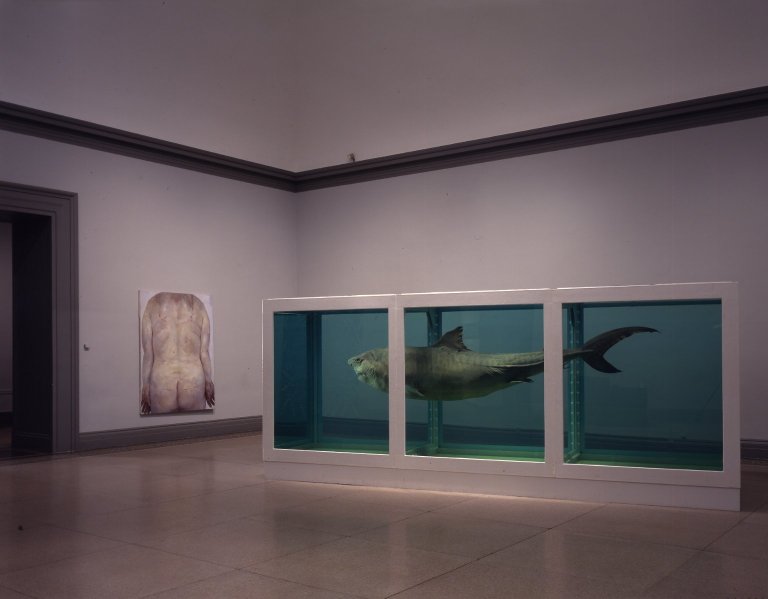
Sensation showcased the contemporary art collection of Charles Saatchi, heavily featuring works by the Young British Artists (YBAs). The exhibition, which premiered at the Royal Academy of Arts in London, generated massive controversy. Critics suggested the exhibition was calculated to boost the financial value of the work by displaying it in public institutions. Key provocative works included Damien Hirst’s shark preserved in formaldehyde and Tracey Emin’s appliquéd tent.
When the show traveled to the Brooklyn Museum in New York, it drew particular outrage due to Chris Ofili’s The Holy Virgin Mary, a depiction incorporating elephant dung and collaged images of female genitalia. Mayor Rudolph Giuliani threatened to cut the museum’s public funding, calling the artwork “sick stuff”. The controversy highlighted intense debates regarding censorship, decency, and the role of art in public discourse.
Erick Calderon and the Art Blocks Genesis (2020)
The Art Blocks platform was founded in 2020 by Erick Calderon (Snowfro). He has a background in the ceramic tile industry, technology, and design. Calderon’s journey into generative art began around 2017 after he claimed a CryptoPunk. He realized that during the CryptoPunk claiming process, users could choose which punk they received; this insight spurred him to think about how blockchain’s randomization capabilities could intersect with algorithms that create variable outputs. He aimed to create a system where a unique piece was randomly generated upon minting.
Calderon spent three years developing the platform, defining its core philosophy: “art is code and code is art”. The resulting artwork does not exist until the collector completes the purchase, at which point the blockchain provides a random hash string (entropy) that is fed into the artist’s smart contract (the script) to generate a unique visual output. This process makes the artwork a collaborative effort between the artist, the machine, and the collector.
Calderon was strict about demanding that artists write code that is resolution agnostic. This means the code queries the size of the display screen and builds the artwork perfectly to fill that size, whether it is a current 4K screen or a future 24K screen, thereby preventing the digital art from becoming obsolete. Calderon demonstrated this potential with his own launch project, Chromie Squiggle, which, beyond being static, includes “Easter eggs” that allow the collector to interact with parameters like background color or animation speed, demonstrating the medium’s interactivity.
Important Artists and Series in AB[500]
The AB[500] collection formalizes the foundational era of on-chain generative art. In creating the platform, Calderon sought out artists who had been honing their craft for years “with absolutely zero opportunity for monetization,” recognizing them as his “artistic heroes”. Early influences and participants included artists like Melissa Wider and Aaron Penney, whom Calderon engaged with initially on Reddit, as well as Tyler Hobbs.
The definitive nature of this collection sets an aesthetic and technical standard for the medium. Calderon’s own pivotal project, Chromie Squiggle, launched the platform and showcased the resolution-agnostic and interactive properties of the work. The collection also encompasses projects that exemplify technical artistry within on-chain constraints, such as Dmitri Cherniak’s static generative artwork, Ringers, which Calderon identifies as one of his favourite projects on the platform.
- https://www.artblocks.io/articles/art-blocks-500-complete-collection ↩︎
- https://thenetworkstate.com/ ↩︎
- https://www.cultureowl.com/cultural-news/art/influential-art-exhibitions-that-shaped-history-global-culture ↩︎
- https://www.cultureowl.com/cultural-news/art/influential-art-exhibitions-that-shaped-history-global-culture
↩︎ - https://mymodernmet.com/edouard-manet-the-luncheon-on-the-grass/ ↩︎